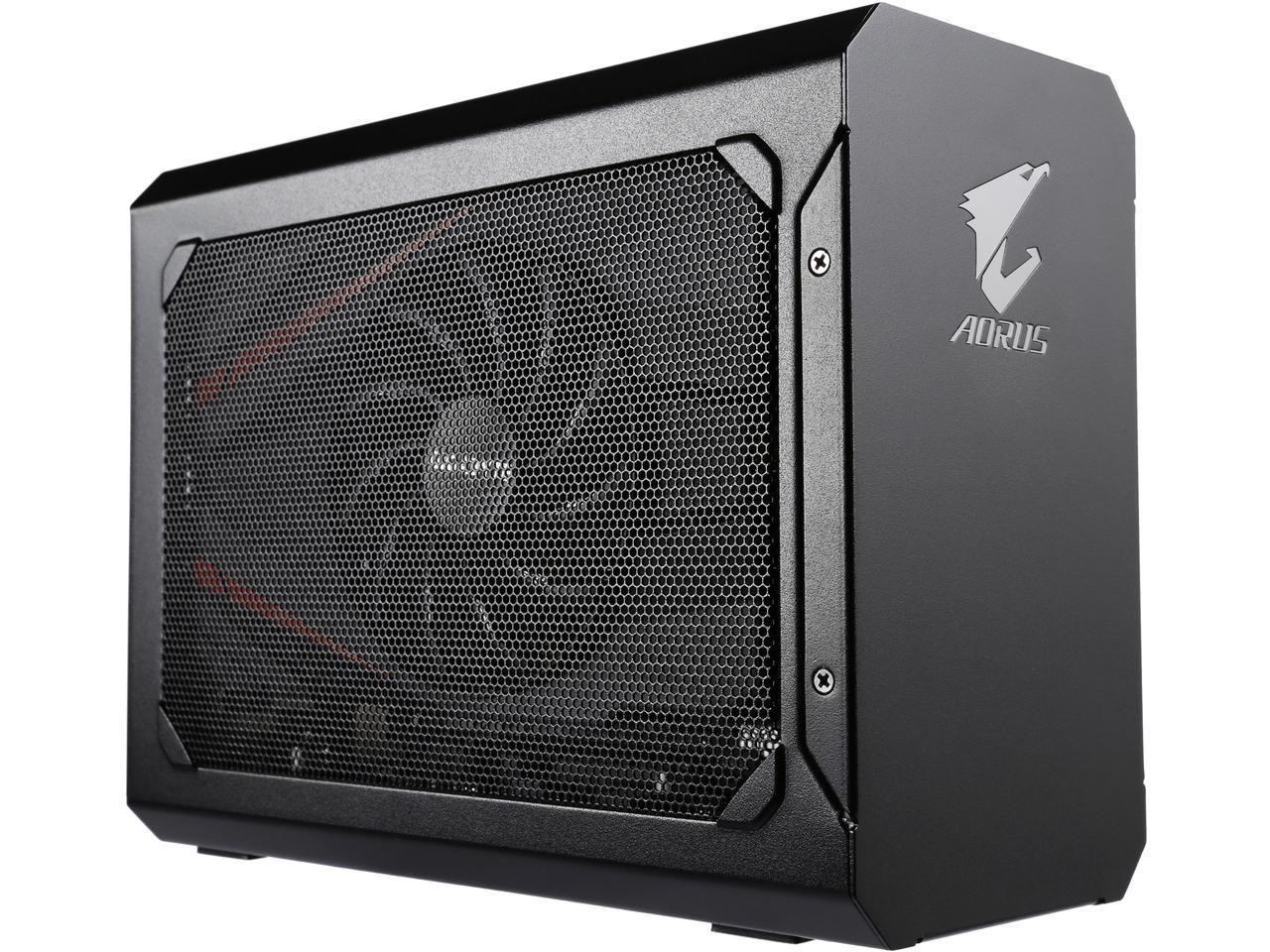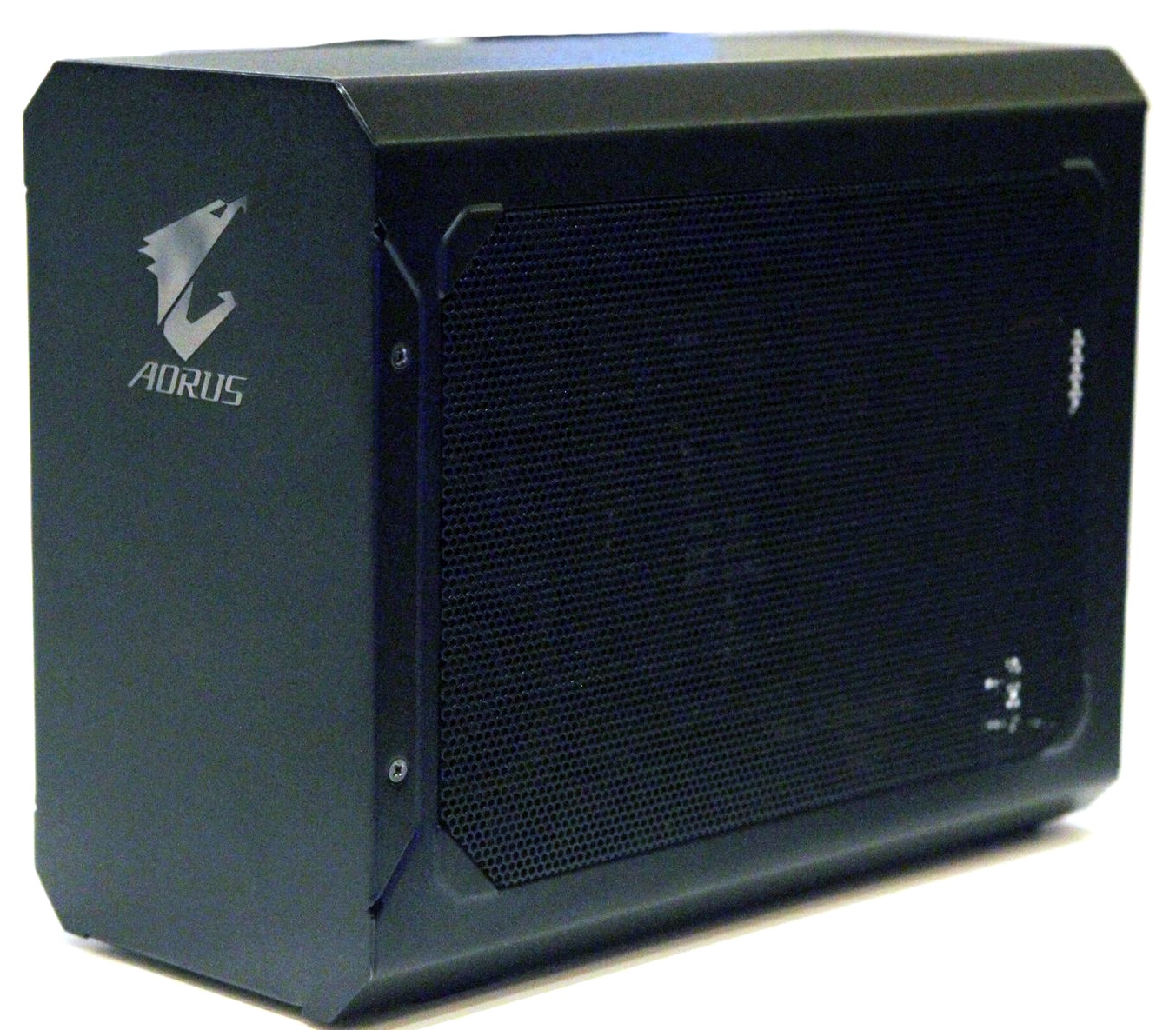Less Expensive GPUs Are Hiding In External Graphics Docks
With the graphics card market in a state of disarray due to cryptocurrency miners’ lust for anything more powerful than a GTX 1050 or Radeon RX 560, we recently took a look at some of the ways you can score a graphics card if you really need one. Now we've discovered yet another way you can get a powerful GPU for less than the going market price: via external graphics enclosures with GPUs pre-installed.
The External Graphics Dock Proposition
External graphics docks are designed to connect to laptops and under-powered desktop PCs to provide a significant graphics performance boost as well as an array of connectivity options (such as networking, storage, and USB). Most eGPU manufacturers (including Asus, Razer, PowerColor, and Zotac) offer their chassis sans graphics card, leaving the installation and choice of GPU to the end user. Lenovo offers a graphics enclosure sporting an MXM GTX 1050 inside, but full-sized desktop versions of this particular Nvidia GPU are neither in short supply nor severely overpriced like their higher-end counterparts, making that particular product not ideal for this solution.
These aren’t the docks you’re looking for if your intention is to snag a graphics card deal, but Gigabyte has a couple of completely configured eGPU enclosures, the Aorus-branded Gaming Boxes, with powerful graphics cards already inside. There are two versions of these docks available at Newegg, and they’re currently selling for significantly less than standalone in-stock graphics cards.
The Gigabyte Aorus GeForce GTX 1080 and GTX 1070 Gaming Boxes both come with small versions of their respective GPUs installed. The Gigabyte GeForce GTX 1070 Mini graphics card in the 1070 Gaming Box is the same one that’s available at retail, but the 1080 Gaming Box features a custom-cooled small form factor GTX 1080 that you can apparently get only in the eGPU. You can still of course harvest that card from the dock if you don’t mind the oversized cooler (and even if you do, you could get an aftermarket GPU cooler, liquid or air, if the stock heatsink is too big for its new home), but it does make the price comparison slightly less apples-to-apples.
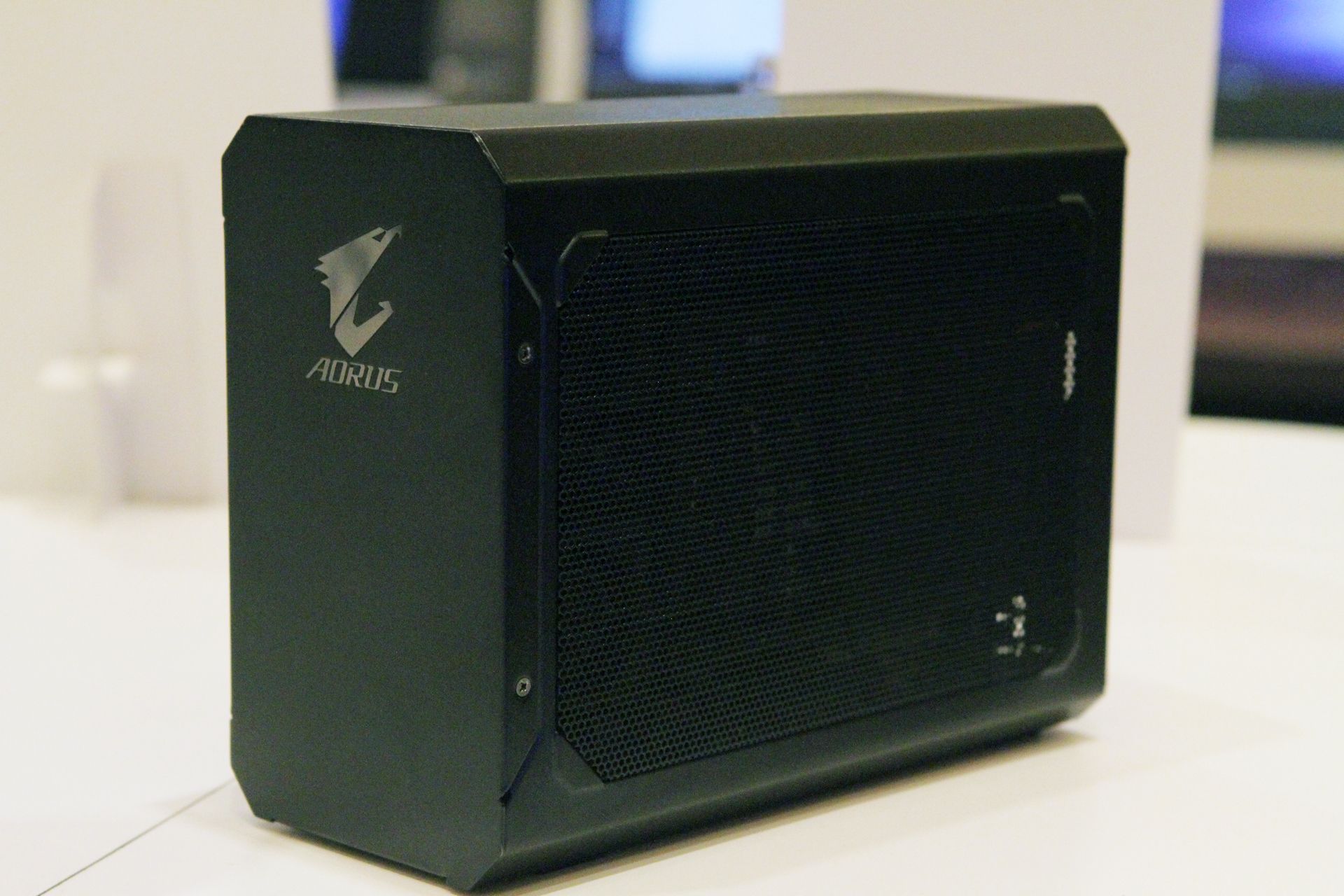
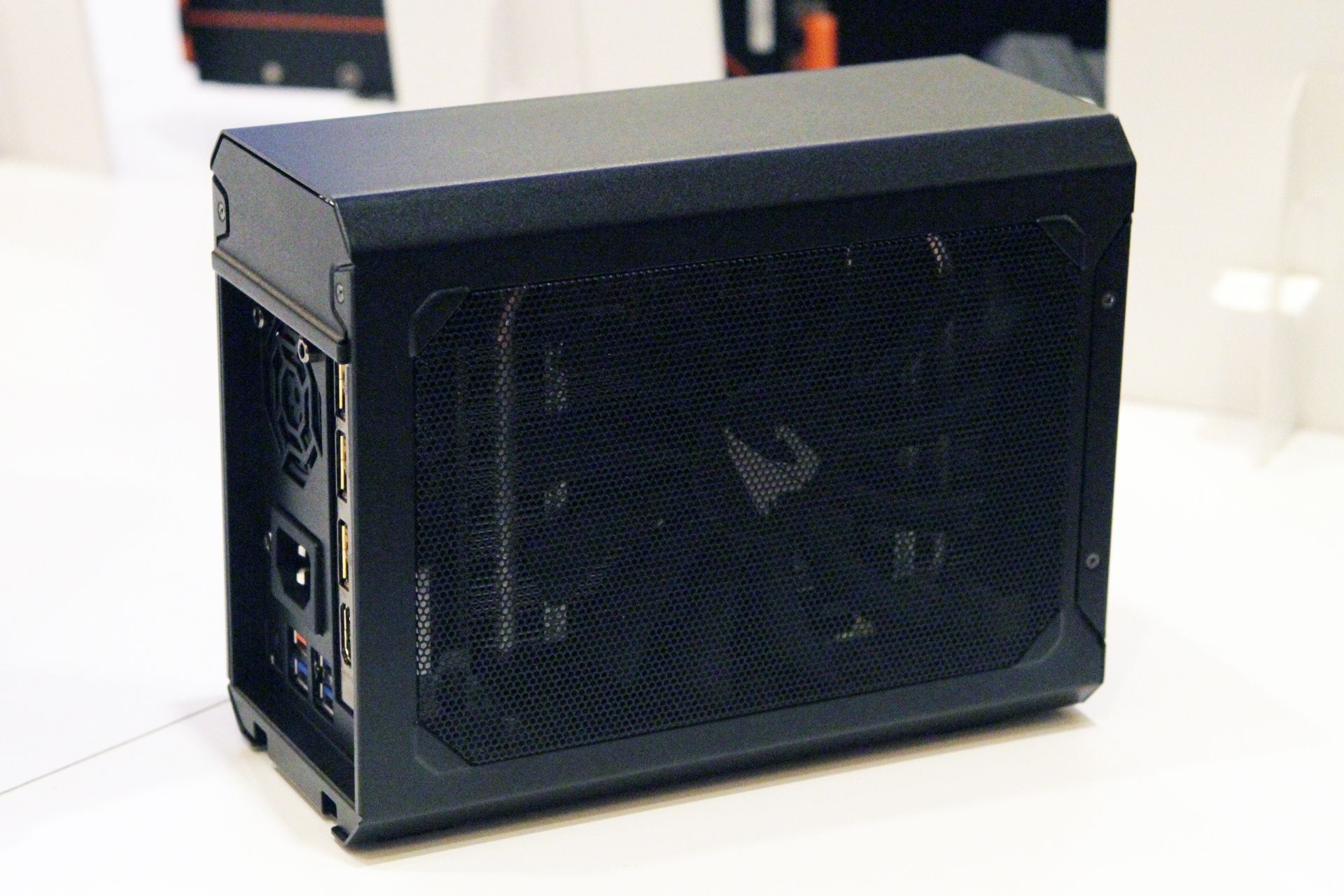
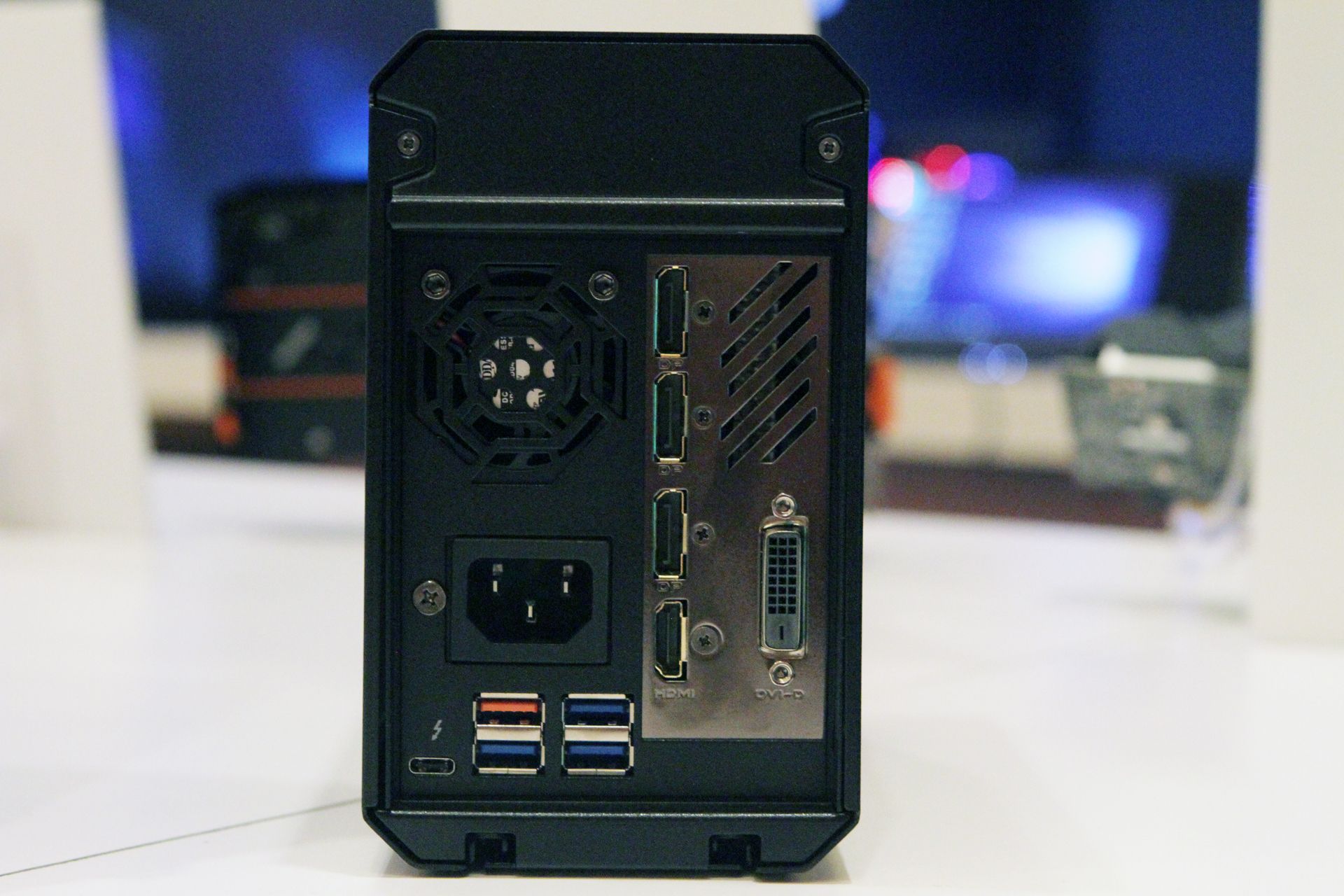
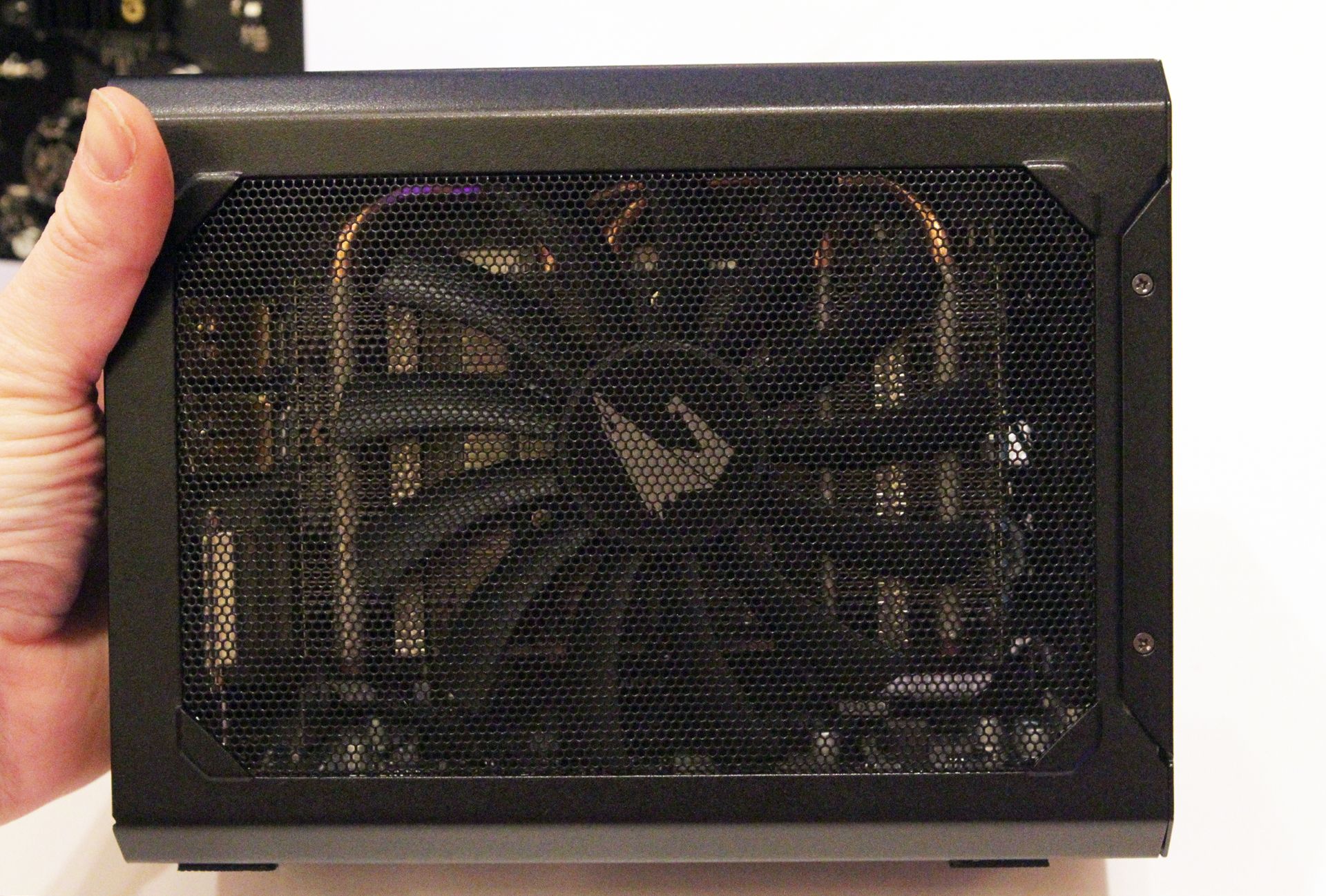
What Do You Save?
Currently, the Gigabyte Aorus GeForce GTX 1080 and GTX 1070 Gaming Box graphics docks are in stock and selling direct from Newegg for $700 and $600, respectively. We were able to find a GTX 1080 graphics card for $780 from a Newegg Marketplace seller. Getting the Gigabyte dock will save you about $80 for the same base GPU in this case.
A larger price delta exists with the GTX 1070 version of the dock, with the closest match (another Newegg Marketplace seller) being a Gigabyte-branded 1070 going for about $100 more than the Aorus Gaming Box with the same GPU.
Shifting over to Amazon, the GTX 1080 dock is selling for significantly higher than Newegg, but the GTX 1070 enclosure is only priced slightly higher. There are a few stand-alone GTX 1080 and GTX 1070 options that save you a few dollars over the Newegg comparisons, but you still end up saving between $50 and $80 buying the docks at current component market pricing (which will undoubtedly shift again soon, depending on availability).
Get Tom's Hardware's best news and in-depth reviews, straight to your inbox.
Although there may be some existing and future bundle deals that could end up saving you some more money (after some legwork reselling the bundled component), and there are a few cheaper options floating around on Amazon and other retailers, the pair of Gigabyte Aorus GeForce GTX 1080 and 1070 Gaming Box external graphics enclosures now have renewed value thanks to the low availability and high pricing of standalone graphics cards. We don't expect the pricing or availability of the Aorus Gaming Box to stay this way for long, and without an end in sight for the component market's GPU woes, we'd suggest striking while the dock is in stock.
What To Do With The Dock?
If you don’t just want to use the external graphics enclosure for its intended purpose, taking out the graphics card and using it for your desktop build (or adding it to your mining rig, you crypto-mining cause of all our problems, you) seems to be the logical end result. However, this leaves you with an external graphics enclosure sans GPU. Technically, those can be worth a few hundred bucks on their own.
The obvious suggestion is to sell it, but eGPU docks are already such a niche market that finding a buyer willing to fork over a few hundred bucks for one is a tall order, never mind the added detriment of an opened product (and a presumably voided warranty) that has been robbed of its primary component.
However, utilizing it as a backup gaming device by loading it with a cheaper (and small) in-stock graphics card such as a GTX 1050 Ti could give a compatible laptop or desktop PC new legs as a secondary gaming system (newer TB3-enabled mini PCs and laptops without discrete GPUs come to mind). If you go this route, just make sure to get a card that falls under the same dimensions as the removed GPU. We don’t know the maximum dimensions of a suitable replacement GPU, but it’s obvious the docks will not accommodate full-sized graphics cards.
The GTX 1070 Mini has a length and height of 6.65 x 5.16", and we’d presume the 1080 Gaming Box accommodates GPUs of a similar size (they have the same exterior dimensions). AMD cards may not work with the Gaming Box docks (which come equipped with Nvidia graphics cards) if it can’t load the Radeon driver, but there are several smaller Nvidia graphics cards that measure in at or under the 6.65” length available from several manufacturers that could fit the bill.
Reselling the dock after you load it up with a more affordable GPU could yield more interest than selling it without one, too. Regardless, it wouldn’t surprise us if you end up holding onto the empty chassis for a while either way.
Derek Forrest was a contributing freelance writer for Tom's Hardware. He covered hardware news and reviews, focusing on gaming desktops and laptops.
-
sansmokka U dont really respect gamers huh? Seriously dude, miners should've just use the actual miner gpu, not a GTX card. Such a silly writerReply -
derekullo Reply20756046 said:U dont really respect gamers huh? Seriously dude, miners should've just use the actual miner gpu, not a GTX card. Such a silly writer
By saying miners shouldn't use a GTX card you are basically saying they should only use a Geforce 1030 GT or another GT card from a different generation.
This makes you sound like a sillyposter.
Not enough miner only graphics cards are produced due to Nvidia/AMD/other manufacturers not wanting to be stuck with them in case the cryptomining fad dies next week.
Much easier to play it safe, reap double profit margins and not be stuck with useless inventory.
-
sansmokka Well, people who had bunch of money after reading this they can easily make it sold out. Miners these days aren't like kittens dude. They're a bunch of tigers now. Who're greed of themself. After they done with mining and then sell those cards in aftermarket? So other gamer can buy a used artefacts gpu?Reply -
nadiaguarriello Any idea when Samsung Mining cards will hit the market? Can we preorder anywhere? Thx.Reply -
Giroro Can you mine from multiple external GPUs over USB?Reply
Maybe the best thing would be to convince miners to switch over to these (with the advantage of each one having a dedicated PSU and cooling), then maybe some gaming cards will be left over for the rest of us.
What would be most interesting is if a company starts making USB-only mining cards instead of PCI-E. Manufacturers could then manufacture those boards in higher quantities because they would ideal for both crypto and for less-expensive external docks as they eliminate the need for PCI to USB conversion.
For lower-end (<100W) boards they could even do power+data over a single USB-C connection. -
bjornl Reply20756046 said:U dont really respect gamers huh? Seriously dude, miners should've just use the actual miner gpu, not a GTX card. Such a retard writer
I guess you don't get out much. Miners are using GTX cards (along with AMD Vega based ones) and the writer is simply intelligent enough to acknowledge this truth. You on the other hand....
-
h822.731 Well I for one just bought 16 1080ti cards. Which will be making me $1600 a month. #SolarMiner #WindCryptoReply -
derekullo Reply20756900 said:Well I for one just bought 16 1080ti cards. Which will be making me $1600 a month. #SolarMiner #WindCrypto
I bought 4 Geforce 1060s 6GB for $320 each a few months ago.
Makes me feel all warm and fuzzy.
:)
